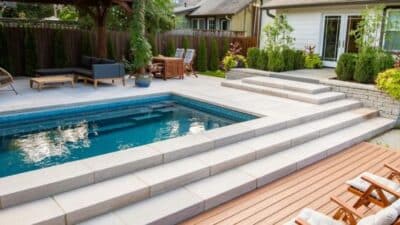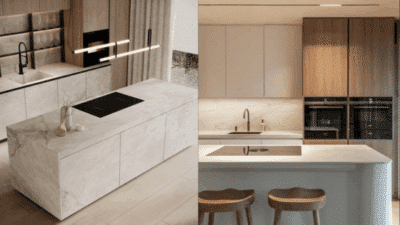Ever walked past an old building and wondered about its story? Or maybe you’ve seen a super sleek modern home and thought, “How did they even come up with that?” Architecture isn’t just about putting bricks and mortar together; it’s a vibrant language that tells tales of history, culture, and innovation. It’s how societies express themselves through stone, steel, and glass. Today, we’re going on a casual dive into 10 Architectural Styles, making sense of the buildings around us, one fascinating style at a time. No stuffy textbooks here – just a fun, easy guide to spotting and appreciating the diverse designs that shape our world. Ready to become an armchair architectural expert? Let’s get cracking!
1. Classical Architecture: The OGs of Grandeur
Imagine ancient Greece or Rome – think grand temples, imposing public buildings, and a real sense of order. That’s Classical architecture for you. It’s all about symmetry, proportion, and those iconic columns. These aren’t just any columns; they come in specific “orders” like Doric (sturdy and simple), Ionic (scrolls on top), and Corinthian (super fancy, leafy tops). The whole idea was to achieve perfect harmony and balance, making buildings feel noble and timeless.
- Key Characteristics:
Columns: Doric, Ionic, Corinthian are the superstars. Symmetry: Everything is balanced, often with a central axis. Pediments: The triangular section above the entrance, like on the Parthenon. Proportion: Carefully calculated dimensions for a harmonious look.
- Why it’s cool: It’s the blueprint for so much that came after. Many government buildings and museums worldwide still echo Classical designs, giving them an air of authority and permanence.
- Spot it: Look for buildings with stately columns, a balanced facade, and often a triangular roof section. Think of the White House or the British Museum.
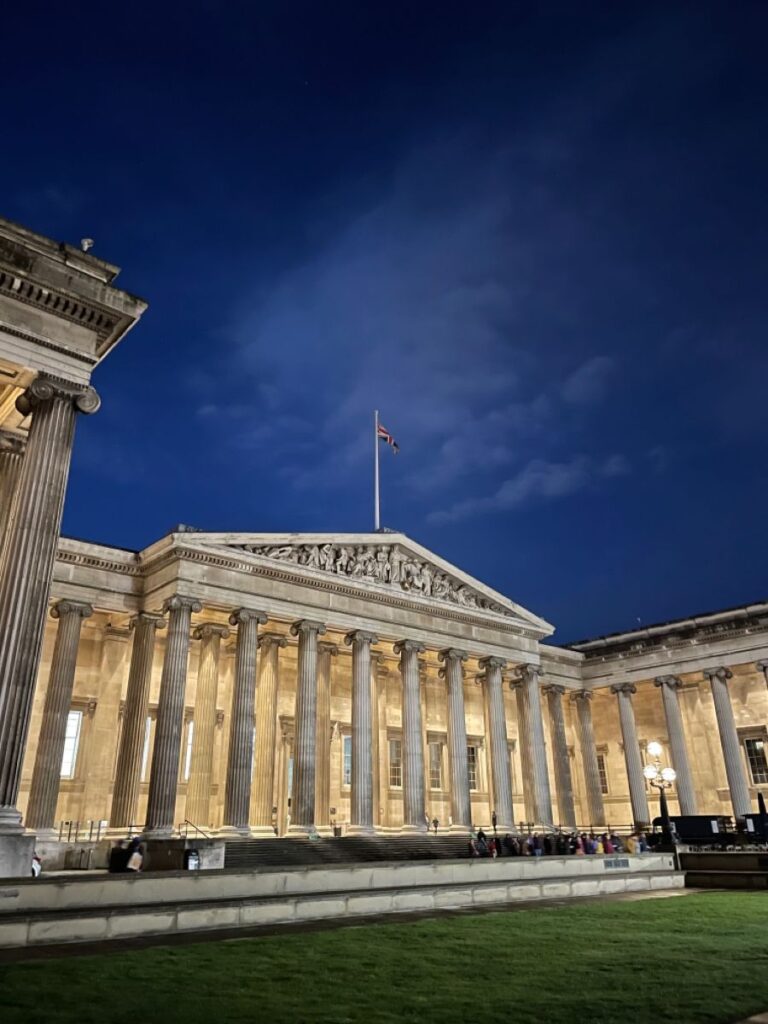

2. Gothic Architecture: Reaching for the Heavens
Forget dark and gloomy; Gothic architecture is all about light and soaring heights! Popular in medieval Europe (from about the 12th to the 16th centuries), this style emerged from the desire to build grander, taller churches that felt closer to God. Architects ditched thick, heavy walls for a skeletal structure, allowing for huge stained-glass windows that flooded interiors with colored light.
- Key Characteristics:
Pointed Arches: Distinguish them from the rounded arches of earlier Romanesque styles. They allowed for greater height and more intricate vaulting. Ribbed Vaults: A framework of arches supporting the ceiling, creating intricate patterns. Flying Buttresses: These external arch supports brace the walls, allowing them to be thinner and taller, and enabling those massive windows. Stained Glass: Huge, colorful windows depicting biblical scenes. Gargoyles:* Those wonderfully grotesque carved figures often used as decorative waterspouts.
- Why it’s cool: Gothic cathedrals are engineering marvels. They make you feel tiny and awestruck, a testament to human ingenuity and faith. Notre Dame in Paris and Westminster Abbey are classic examples.
- Spot it: Look up! If a building is incredibly tall, has pointed arches, and looks like it’s wearing external ribs, you’re probably looking at Gothic.
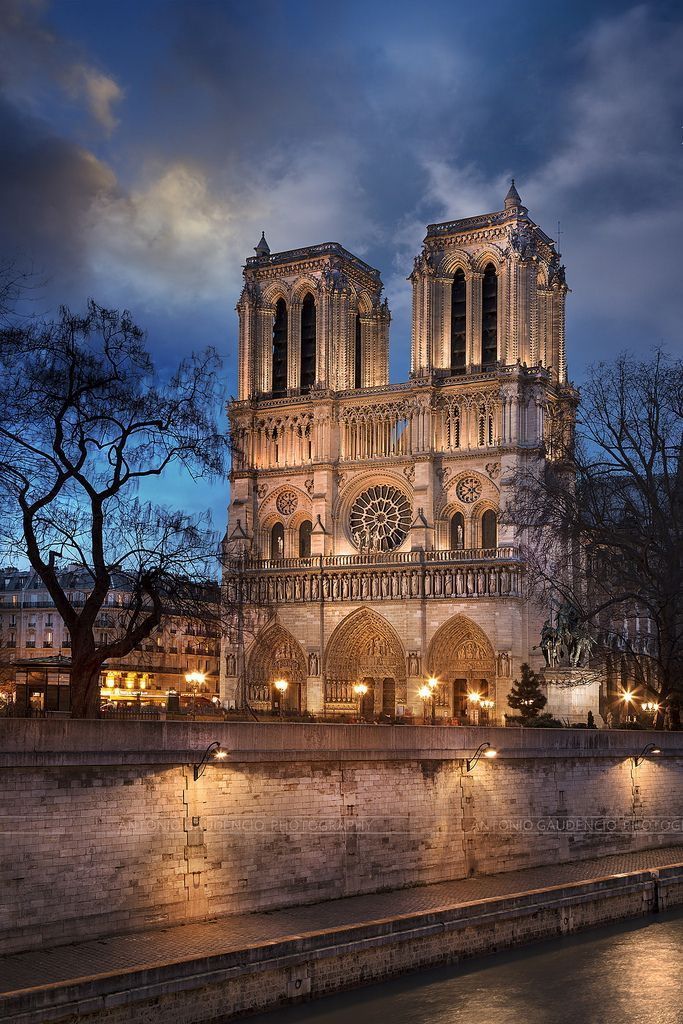
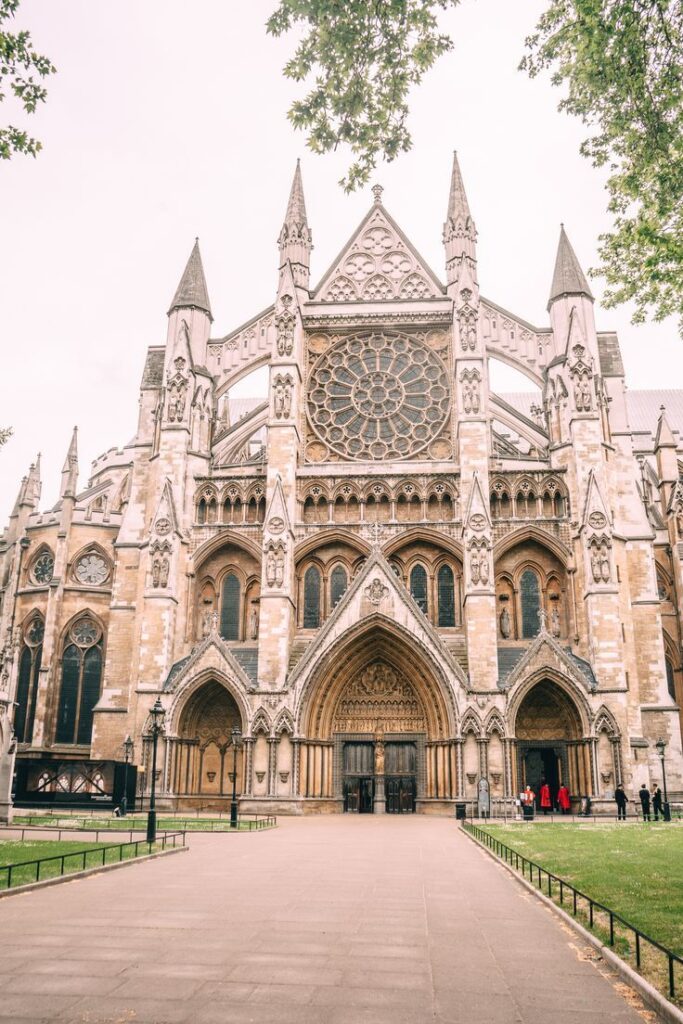
3. Renaissance Architecture: A Rebirth of Ideas
After the Gothic era, people in Europe started looking back to the Classical past for inspiration – hence the “Renaissance,” meaning “rebirth.” Beginning in 15th-century Italy, this style brought back the symmetry, proportion, and classical orders, but with a fresh twist. It was less about divine height and more about human scale and elegant refinement. Architects like Filippo Brunelleschi and Andrea Palladio were pioneers, rediscovering mathematical principles to create balanced, harmonious spaces.
- Key Characteristics:
Return to Classical: Doric, Ionic, and Corinthian columns and pilasters (flattened columns) are back. Symmetry and Proportion: A strong emphasis on ordered design, often using mathematical ratios for perfection. Domes: A prominent feature, inspired by Roman structures, like Brunelleschi’s dome on Florence Cathedral. Arches: Often semicircular, recalling Roman architecture. Rustication:* Rough-hewn stone blocks used on ground floors for a strong base, contrasting with smoother upper levels.
- Why it’s cool: It’s graceful, orderly, and feels incredibly human-centric. It gave us masterpieces like St. Peter’s Basilica and countless palaces.
- Spot it: Look for a refined, symmetrical building with classical elements, often topped with a dome, and a feeling of calm, intelligent design.
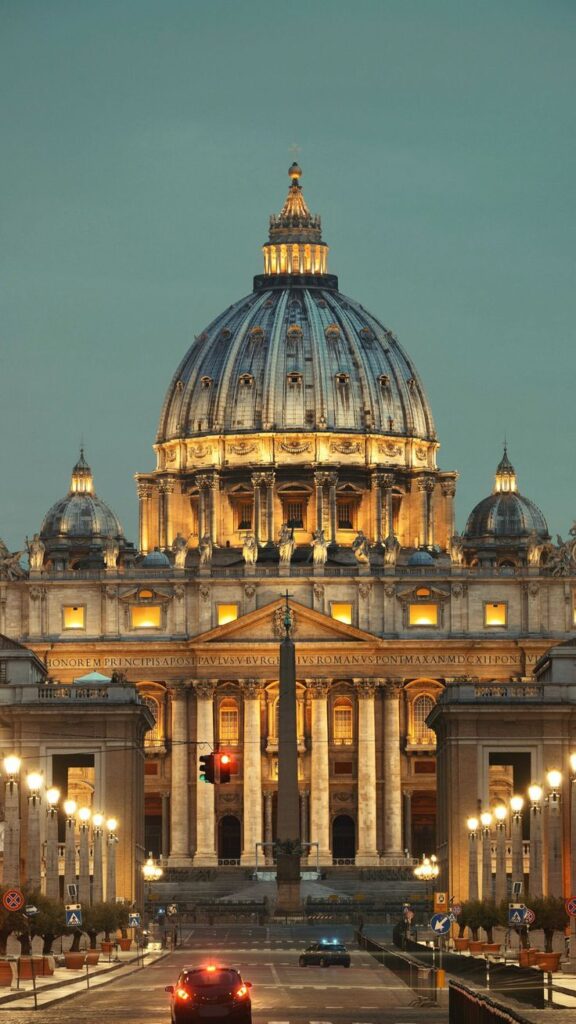
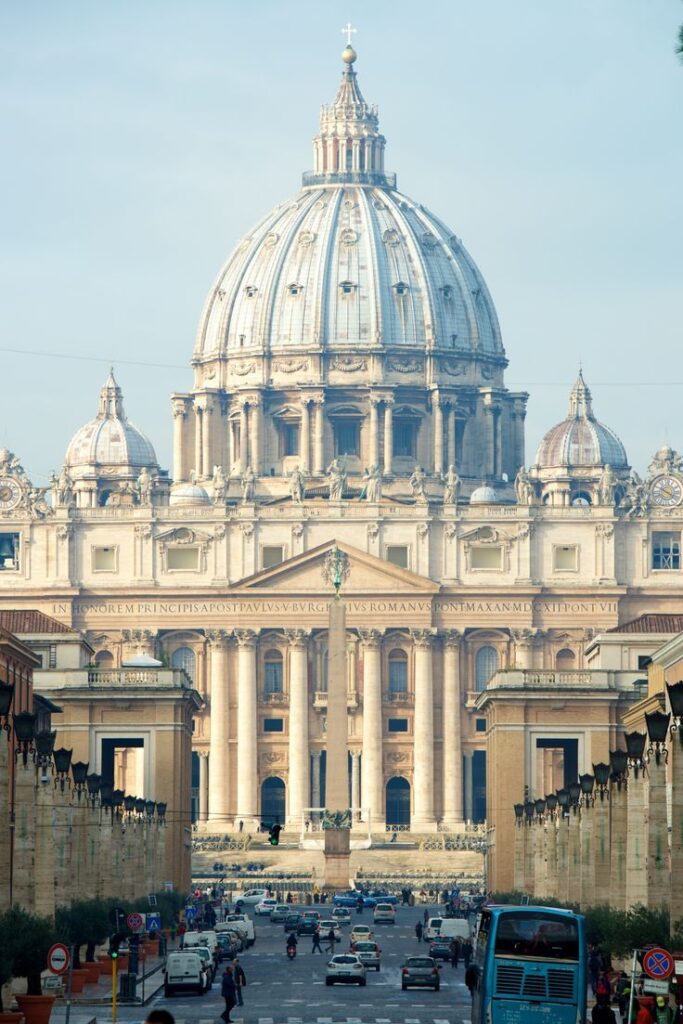
4. Baroque Architecture: Drama and Opulence
If Renaissance was about calm elegance, Baroque (late 16th to mid-18th century) was its dramatic, flamboyant cousin. Originating in Italy, this style burst onto the scene with a flair for the theatrical, aiming to evoke emotion and awe. It’s all about grandeur, rich decoration, curved forms, and dynamic movement. Think “more is more” – elaborate ornamentation, frescoes, and a sense of powerful dynamism.
- Key Characteristics:
Dramatic Effect: Designed to impress and create a sense of wonder. Curved Forms: Walls, columns, and even entire plans often feature undulating or oval shapes, creating movement. Opulent Decoration: Lavish use of gold, frescoes, stucco, marble, and intricate carvings. Grand Scale: Often massive in size, with sweeping staircases and vast public spaces. Illusion:* Clever use of perspective and light to create theatrical effects.
- Why it’s cool: It’s overwhelmingly majestic. Places like the Palace of Versailles or St. Peter’s Square are truly breathtaking, designed to make you feel part of something monumental.
- Spot it: If a building is incredibly ornate, full of curves, gold, and feels like it’s trying to make a big, dramatic statement, you’ve found Baroque.
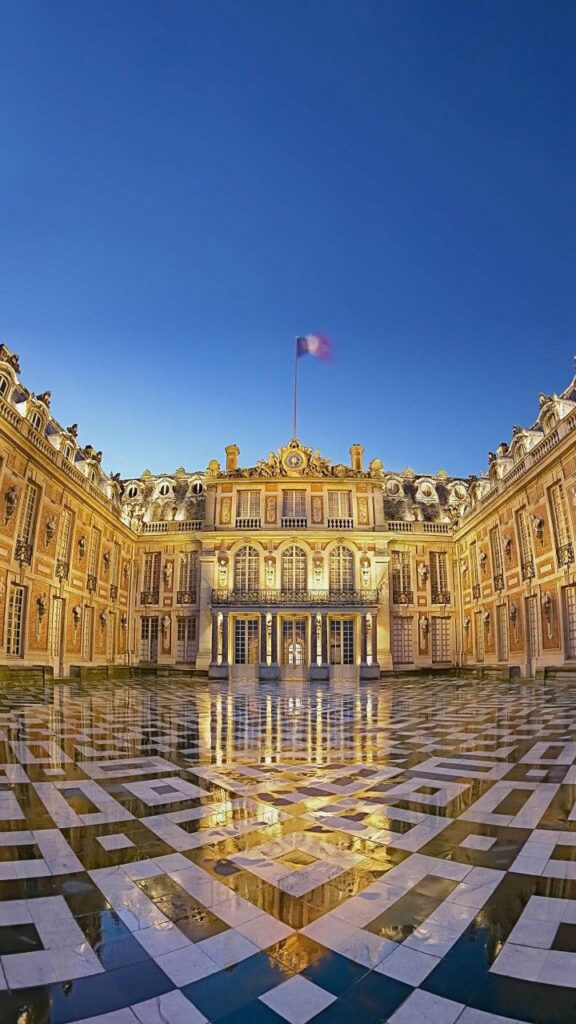
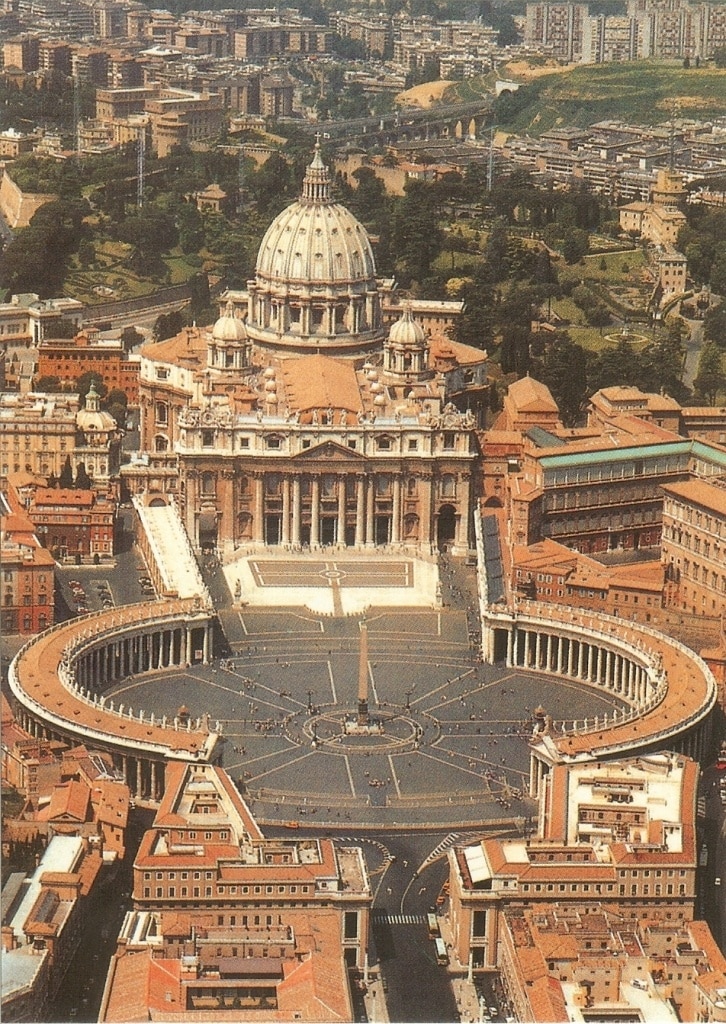
5. Victorian Architecture: Eclectic and Decorative
Named after Queen Victoria’s reign (1837-1901), this era wasn’t really a single style but a collection of revival styles. Victorian architecture is known for its ornamentation, asymmetry, and a general love for decorative flourishes. With the Industrial Revolution, new materials and mass production made elaborate details more accessible, leading to homes that often incorporated elements from Gothic, Romanesque, Italianate, and even exotic styles. It’s diverse, often charming, and always interesting.
- Key Characteristics:
Eclecticism: A mix-and-match approach, borrowing from various historical styles. Asymmetry: Unlike the balanced Classical styles, Victorian homes often have irregular shapes and varied rooflines. Ornate Details: Intricate carvings, patterned brickwork, decorative gables, and colorful exterior paint schemes. Check out how different exterior house paint colors can transform a home, no matter the style, here: [Exploring exterior house paint colors for every architectural style](https://skyryedesign.com/architecture/home/from-traditional-to-modern-exploring-exterior-house-paint-colors-for-every-architectural-style/). Tall, Steep Roofs: Often with gables, turrets, and dormers. Bay Windows:* Projecting windows that extend outwards, allowing more light and space.
- Why it’s cool: Victorian houses are full of character and often feel incredibly cozy, despite their grandeur. They tell a story of a time when craftsmanship and decoration were highly valued.
- Spot it: Look for a house with lots of intricate details, varied textures, a non-symmetrical facade, and perhaps a tower or turret.

6. Art Deco Architecture: Glamour and Geometry
Stepping into the 20th century, Art Deco (popular from the 1920s to the 1940s) was all about modernity, glamour, and optimism. This style embraced sleek lines, geometric patterns, and rich materials, reflecting the machine age and the jazz era’s exuberance. It’s instantly recognizable for its bold, streamlined forms and decorative motifs inspired by ancient Egypt, Cubism, and industrial design.
- Key Characteristics:
Geometric Shapes: Zigzags, chevrons, sunbursts, and stepped forms are common. Streamlined Forms: Smooth, sleek surfaces, often with rounded corners, giving a sense of speed and modernity. Rich Materials: Chrome, stainless steel, glass, mirrors, lacquer, and exotic wood veneers were popular. Bold Colors: Often vibrant and contrasting. Decorative Motifs:* Often stylized images of flora, fauna, or human figures, but always geometric.
- Why it’s cool: Art Deco buildings are iconic – think the Chrysler Building or the Empire State Building. They represent a time of innovation and excitement, a splash of luxury in the urban landscape.
- Spot it: Look for buildings that look like they’re ready for a fancy party – sharp angles, geometric patterns, shiny surfaces, and a general feeling of elegant optimism.
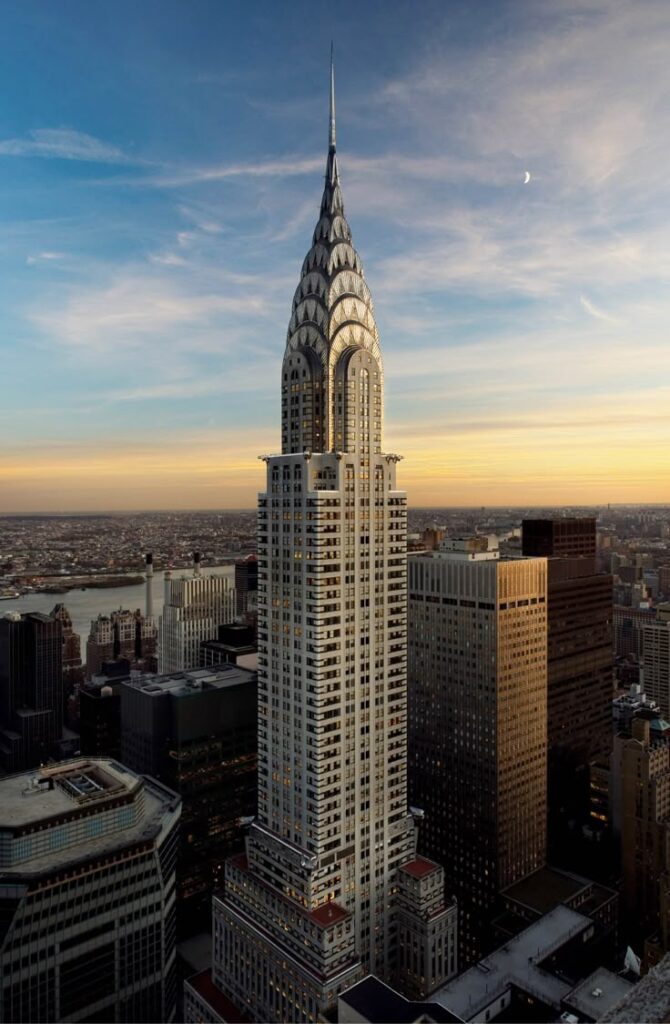

7. Mid-Century Modern Architecture: Simple and Chic
After the turmoil of World War II, there was a desire for fresh, optimistic design. Mid-Century Modern (roughly 1945-1969) answered the call, bringing clean lines, functionality, and a connection to nature. This style emphasized simplicity, open floor plans, and often featured large windows to blur the lines between indoors and outdoors. It was all about comfortable, unpretentious living.
- Key Characteristics:
Clean Lines: Minimal ornamentation, straightforward geometric forms. Open Floor Plans: Spaces flow into one another, promoting a sense of spaciousness. Large Windows: Often floor-to-ceiling, connecting interiors with the surrounding environment. Integration with Nature: Buildings designed to blend into their landscape, using natural materials. Flat or Low-Sloped Roofs: A common feature, enhancing the clean aesthetic. Functionality: Every element serves a purpose; no unnecessary frills.
- Why it’s cool: It’s timeless! Many homes and furniture pieces from this era are still highly sought after. It’s also incredibly comfortable and allows for a beautiful connection to the outside world. If you’re looking to bring this vibe indoors, consider some 6 plants perfect for a mid-century modern look to complete the aesthetic.
- Spot it: Look for homes with low, linear profiles, big windows, and a feeling of effortless coolness and simplicity. Think Frank Lloyd Wright’s Usonian houses or Palm Springs’ iconic desert homes.
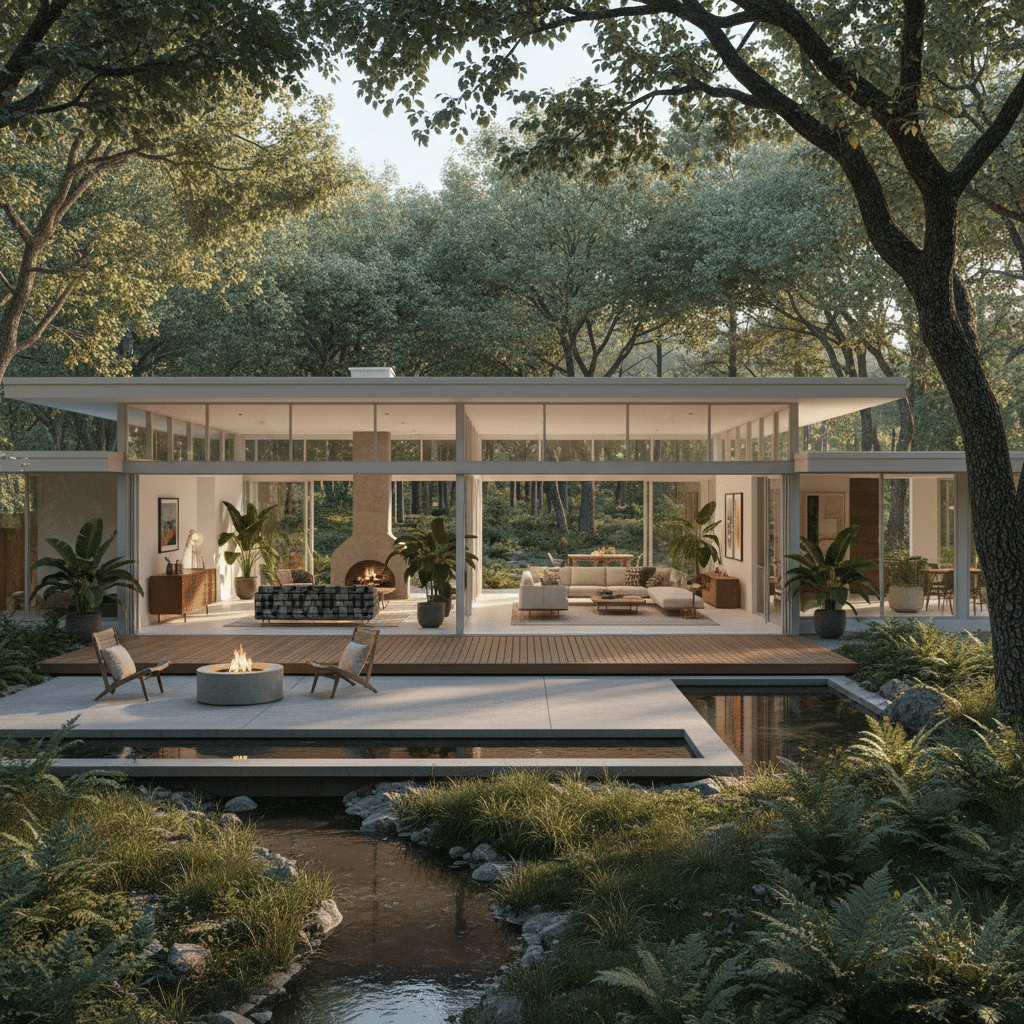
8. Brutalist Architecture: Raw and Bold
Brutalism emerged in the mid-20th century (1950s-1970s), a stark contrast to the lightness of Mid-Century Modern. This style is known for its massive, monolithic forms and the unapologetic use of raw concrete (béton brut in French, hence “Brutalism”). It was often favored for institutional buildings like universities, government offices, and housing estates, aiming for a sense of permanence, honesty in materials, and a powerful, almost sculptural presence.
- Key Characteristics:
Raw Concrete: The dominant material, often left exposed with formwork marks visible. Massive Forms: Imposing, block-like structures, giving a heavy, fortress-like appearance. Repetitive Modular Elements: Often features repeated windows or precast concrete panels. Utilitarian Aesthetic: Focus on function over embellishment, celebrating the structure itself. Monochromatic Palette:* Typically grey, reflecting the concrete.
- Why it’s cool: It’s certainly polarizing, but Brutalism’s raw power and structural honesty are undeniable. It challenges traditional notions of beauty and represents a bold, almost uncompromising architectural statement.
- Spot it: If a building looks like a giant, solid concrete fortress, with exposed, unfinished surfaces, and a generally imposing, blocky presence, you’re likely looking at Brutalism.

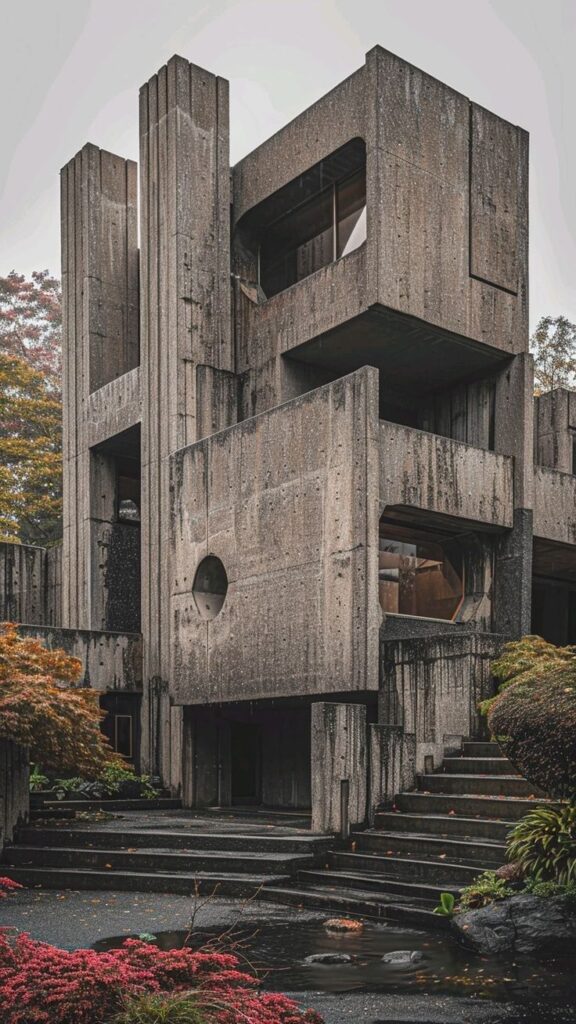
9. Contemporary Architecture: The Ever-Evolving Present
Contemporary architecture isn’t a single style but rather an umbrella term for what’s being built now – roughly from the late 20th century to the present day. It’s characterized by its incredible diversity, willingness to experiment with new materials and forms, and often a focus on sustainability and innovative technology. There are no strict rules, making it exciting and constantly evolving.
- Key Characteristics:
Eclectic and Diverse: No single defining aesthetic; it draws from and reinvents many previous styles. New Materials and Technologies: Extensive use of glass, steel, innovative composites, and smart home technology. Irregular or Organic Forms: Buildings might have unconventional shapes, curves, or deconstructed elements. Sustainability Focus: Incorporating green roofs, solar panels, and energy-efficient designs. Open and Flexible Spaces:* Designing for adaptability and evolving needs. For more on how modern homes adapt, check out What modern living looks like in everyday homes.
- Why it’s cool: It’s the bleeding edge of design, constantly pushing boundaries and responding to current challenges and opportunities. Every new building can be a surprise!
- Spot it: Look for buildings that might seem a bit “out there,” with unusual shapes, lots of glass, cutting-edge materials, and often a clear environmental consciousness.

10. Sustainable / Green Architecture: Building a Better Future
This isn’t just an aesthetic style; it’s an approach to design and construction that prioritizes environmental responsibility and resource efficiency. Sustainable architecture aims to minimize the negative environmental impact of buildings by using eco-friendly materials, reducing energy consumption, and creating healthier living spaces. It’s becoming increasingly crucial as we face climate change.
- Key Characteristics:
Energy Efficiency: Design that reduces heating and cooling needs through insulation, passive solar design, and efficient windows. Renewable Energy Integration: Solar panels, wind turbines, geothermal systems. Check out how integrating solar technology into modern architectural trends is shaping our future. Eco-Friendly Materials: Use of recycled, rapidly renewable, locally sourced, or non-toxic materials. Water Conservation: Rainwater harvesting, greywater systems, and drought-resistant landscaping. Optimizing Natural Light and Ventilation: Reducing reliance on artificial lighting and air conditioning. Green Roofs/Walls: Vegetated roofs or vertical gardens that improve insulation, manage stormwater, and support biodiversity.
- Why it’s cool: It’s architecture with a conscience, proving that beautiful, functional buildings can also be kind to the planet. It’s essential for our future!
- Spot it: While not always visually distinct, look for buildings with solar panels, green roofs, large operable windows for natural ventilation, and materials that look natural or recycled. Many contemporary buildings incorporate sustainable features, blurring the lines between the two styles.
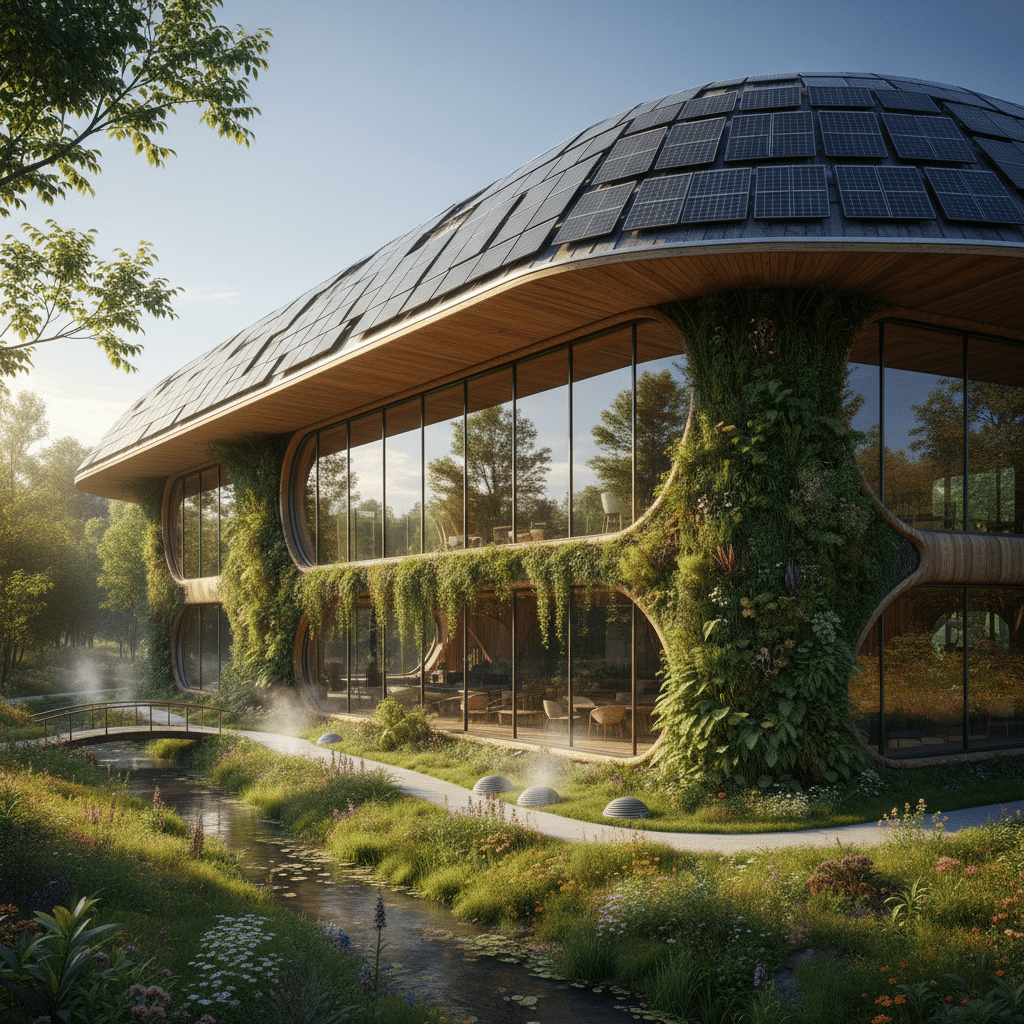
Phew! You’ve just zoomed through centuries of design, from ancient grandeur to future-forward sustainability. Understanding these 10 Architectural Styles isn’t just about memorizing names; it’s about seeing the world through new eyes. It’s realizing that every building, whether it’s an ornate Victorian house or a sleek Modernist block, has a story to tell, a purpose it was designed for, and a connection to the human spirit that created it.
The next time you walk down the street, take a moment. Look up. Look around. Can you spot a pointed arch? A flat roof? A gargoyle perhaps? You’ll be amazed at how much more you notice and appreciate the incredible artistry and engineering that surrounds us every day. So go forth, explore, and let your newfound architectural savvy impress your friends!
What defines Classical architecture and why is it still influential today?
Classical architecture is characterized by symmetry, proportion, and the use of iconic columns like Doric, Ionic, and Corinthian, inspired by ancient Greece and Rome. It has influenced many government buildings and museums worldwide, giving them an air of authority and permanence.
How can I recognize Gothic architecture?
Gothic architecture features tall structures with pointed arches, ribbed vaults, flying buttresses, and large stained-glass windows, often seen in cathedrals like Notre Dame in Paris.
What are the key features of Renaissance architecture?
Renaissance architecture revives classical elements like columns and domes, emphasizing symmetry, proportion, and harmonious design, with notable examples such as St. Peter’s Basilica.
What makes Baroque architecture stand out?
Baroque architecture is known for its dramatic, ornate designs with curved forms, extravagant decoration, grand scale, and illusionary effects, creating a sense of awe and majesty.
What distinguishes contemporary architecture from other styles?
Contemporary architecture is diverse and experimental, often using new materials, irregular shapes, and focusing on sustainability, innovation, and adaptability to current needs.
- 15shares
- Facebook0
- Pinterest15
- Twitter0

